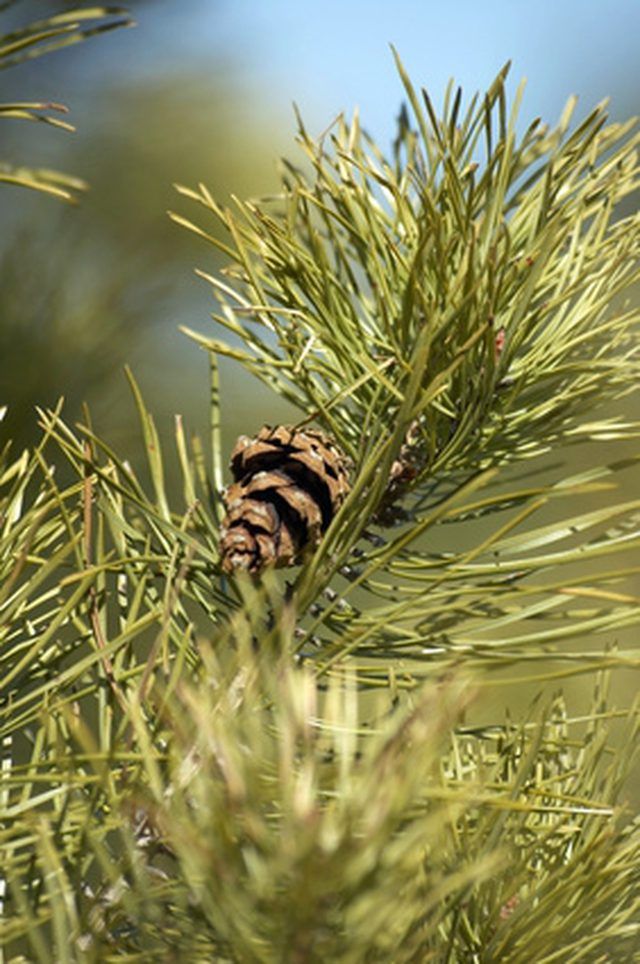Bulbs
Flower Basics
Flower Beds & Specialty Gardens
Flower Garden
Garden Furniture
Garden Gnomes
Garden Seeds
Garden Sheds
Garden Statues
Garden Tools & Supplies
Gardening Basics
Green & Organic
Groundcovers & Vines
Growing Annuals
Growing Basil
Growing Beans
Growing Berries
Growing Blueberries
Growing Cactus
Growing Corn
Growing Cotton
Growing Edibles
Growing Flowers
Growing Garlic
Growing Grapes
Growing Grass
Growing Herbs
Growing Jasmine
Growing Mint
Growing Mushrooms
Orchids
Growing Peanuts
Growing Perennials
Growing Plants
Growing Rosemary
Growing Roses
Growing Strawberries
Growing Sunflowers
Growing Thyme
Growing Tomatoes
Growing Tulips
Growing Vegetables
Herb Basics
Herb Garden
Indoor Growing
Landscaping Basics
Landscaping Patios
Landscaping Plants
Landscaping Shrubs
Landscaping Trees
Landscaping Walks & Pathways
Lawn Basics
Lawn Maintenance
Lawn Mowers
Lawn Ornaments
Lawn Planting
Lawn Tools
Outdoor Growing
Overall Landscape Planning
Pests, Weeds & Problems
Plant Basics
Rock Garden
Rose Garden
Shrubs
Soil
Specialty Gardens
Trees
Vegetable Garden
Yard Maintenance
Brown Leaf Disease on Evergreens
Brown Leaf Disease on Evergreens. When it comes to controlling brown leaf disease on evergreens, you first need to identify the problem. Many different diseases and other conditions can cause needles to brown, so identifying the one affecting your tree will allow you to take the proper method in combating it. Disease can enter through wounds in the...

When it comes to controlling brown leaf disease on evergreens, you first need to identify the problem. Many different diseases and other conditions can cause needles to brown, so identifying the one affecting your tree will allow you to take the proper method in combating it. Disease can enter through wounds in the tree or by insects. Weak or stressed evergreens are most susceptible to contracting diseases.
Needle Cast of Spruce
Caused by the fungus Rhizosphaera kalkhoffii, this disease results in loss of evergreen foliage on spruce trees. According to the University of Illinois, infections start in spring, affecting lower branches first and working up. Afflicted foliage turns mottled yellow in late summer and by winter they turn brown. The dead foliage then falls the next summer. Fruiting bodies sometime appear in rows on infected needles.
Pine Wilt
Pine wilt occurs with an infestation of Bursaphelebchus xylophilus, or the pine wood nematode. Other insects like the Sawyer beetle carry nematodes from tree to tree. Once these nematodes affect a tree, they breed quickly and eventually kill the tree. Once infected, an evergreen becomes stunted and the foliage fades. Older needles turn yellow and fall off while young needles turn brown. Other types of nematodes can also infect trees, but not as seriously as the pine wood nematode.
Scleroderris Canker
When an evergreen gets an infection of scleroderris canker, the needles on branch tips turn brownish orange at the base while staying green at the tips. As the disease progresses, all the needles turn brown. Newer growth turns first, with older growth becoming infected later. In addition, the needles fold back along the stem and wood beneath the bark gives off a greenish cast. This disease affects young plantings more seriously than older trees.
Sphaeropsis Blight
Also termed diplodia, sphaeropsis blight comes from the fungus Sphaeropsis sapinea and affects conifers, particularly pines. This fungus attacks older trees although young trees near infected old trees can get the disease as well. Among the symptoms, new shoots and needles twist and stunt, turning brown. New growth often droops because of infected stems. In addition, resin forms at the base of infected needles, causing them to stick to the tree.
Controlling Disease
While you can control brown leaf diseases on evergreens by spraying with a fungicide, you can also take other steps to reduce the spread and severity of these diseases. For example, you can remove affected parts and clear debris from the base of the tree. Some diseases require complete removal of the infected tree. However, before treating any evergreen, you must properly identify the disease in order to apply appropriate fungicides.